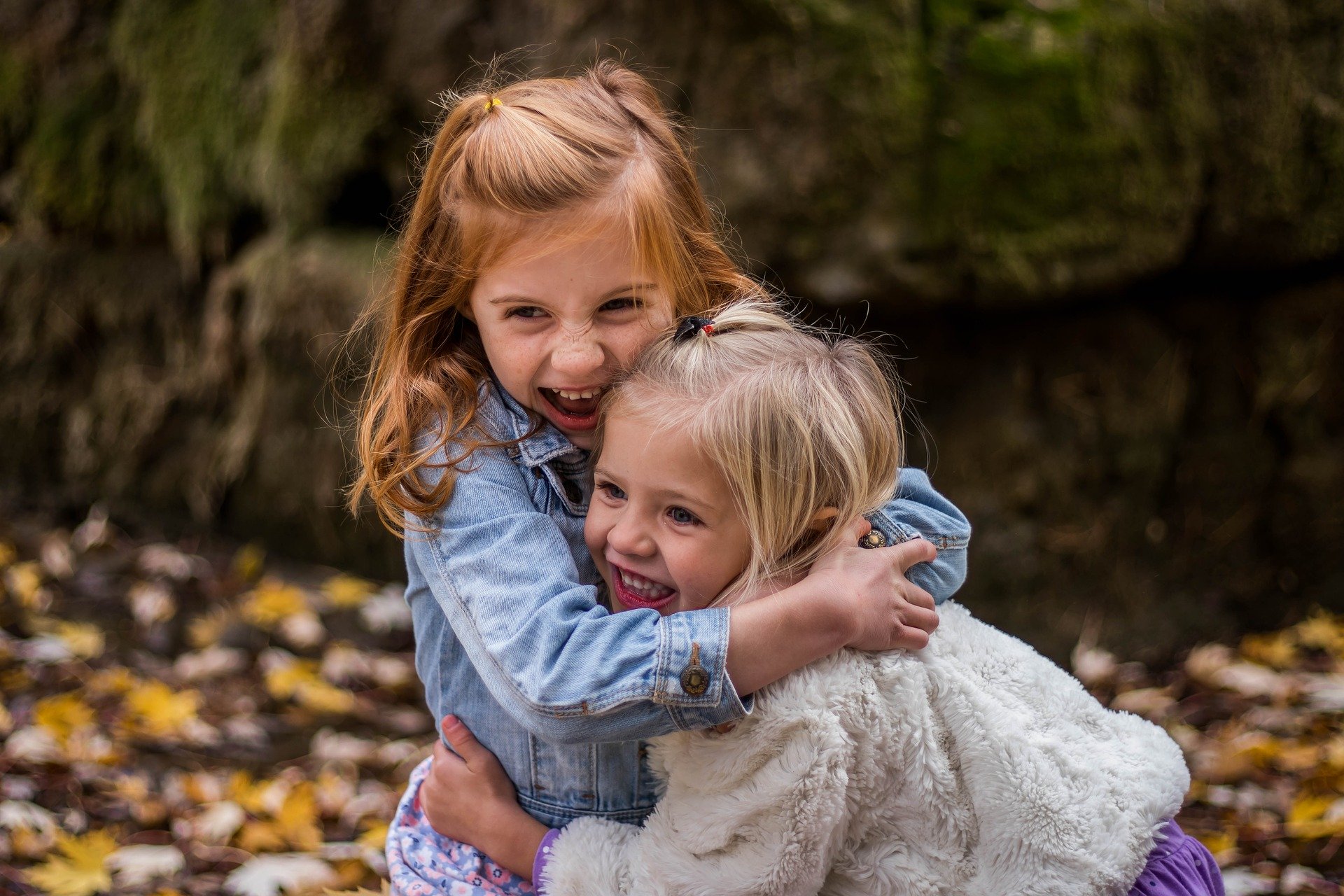The human capacity for empathy is a defining factor for the success of the human race, said American philosopher Martha Nussbaum.
Empathy is a necessary skill in the multicultural society we live in. Nowadays, children grow in a culturally and linguistically more diverse world. This is why it is essential that they learn cultural knowledge and compassion, which include skills of listening, recognizing, and understanding different views and opinions and the ability to reflect on one’s own values and attitudes.
There is no single definition of empathy. According to Gerdes and Segal (2009), empathy is the ability to imagine what another person is feeling and thinking. In this context, it is presented as a cognitive skill, a physiological reaction, or some combination of these components.
According to studies, the ability to empathy develops from self-awareness. Children need first to understand their own emotions before they can share in the emotions of others. We know the concept that if one doesn’t love themselves, it is impossible to share the love with others. What is interesting, the same works with empathy. To put yourself in someone’s shoes and experience empathy towards others, we need to understand ourselves first.
Empathy is One of the Future Trends in Education
Empathy, as well as learning through play and wonder are big educational trends highlighted in the Innovating Pedagogy 2019 report. In the OECD report, empathy and compassion were viewed as essential global competences and the 21st century skills.
Empathy can encourage future generations to be loving and compassionate global citizens and to become respected world leaders finding comprehensive solutions to the problems we are facing. It’s a valuable skill to be able to step into someone’s shoes. Empathy is a needed skill in almost all social interactions, especially at work, where it helps to understand others, manage, and motivate team members.
Studies have shown impressive correlation between learners’ training and skills in empathetic understanding and their academic performance. Some researches consider that it’s possible to improve both critical and creative thinking skills by teaching empathy. In general, empathy helps decrease aggression in children and can reduce the chance of a child being bullied.
Why Empathy is Important, Particularly in Early Childhood Education?
Some researchers distinguish the following stages of children’s empathy development: early infancy, 1- to 2-year-old, early childhood, and 10- to 12-years-old. Considering these stages, we should remember that they are flexible as each child is individual, and the development happens at a different pace with each child. In early infancy, the child shows emphatic responses to feelings and needs without clear boundaries, which is called global empathy. Infants, at the age of 1 to 2 years, start to realize the feelings of anxiety. Still, they cannot act appropriately to help in the situation. When the kid reaches early childhood, the perspective of each mind’s uniqueness starts to clarify in the child’s mind, and it is easier to respond empathetically to another’s feelings.
We learn ways of acting in early childhood that stay with us all our life. Studies say that childhood and adolescence are key periods for developing social and emotional skills, and it’s the right time to focus on the development of these skills.
How Empathy is Taught and Learned in Finland?
In general, the Finnish Early Childhood Education and Care (ECEC) can be characterized in terms of a holistic approach that encourages play, curiosity and learning by doing. It builds on children’s development and interests, rather than the “school preparation approach.”
In the Finnish ECEC curriculum as well as in the National Curriculum of Basic Education, mutual respect, empathy and a caring attitude towards others and the environment are seen as important educational goals (among others), and care is not only physical caretaking but also emotion-based caring.
In Finnish kindergartens, children discover effective and positive ways to balance their emotions and express themselves. Learning happens in a comfortable environment. It’s fun for children, and they can memorize things by doing interesting activities and being in a good company.

Children’s skills of empathy can be developed through creative activities like visual art or drama. In Finland, kindergartens use play, drawing, reading to children and subjects that center around storytelling. For example, kids can have such tasks as visualizing their own moods and emotions by drawing them with using imagination. This activity helps to recognize the differences and similarities between themselves and others. Studies have shown that drawing is a suitable method, especially for children with multilingual backgrounds. It can be used as communication assistance when the teacher and the student don’t speak the same language.
Thus, understanding own and other peoples’ feelings and concerns is a valuable life skill for children to possess. It can help them:
- Build a sense of security and stronger relationships with other children and educators
- Improve both critical and creative thinking skills
- Encourage acceptance of others in a multicultural society
- Promote social harmony, and reduce the likelihood of bullying.
Studies say that early childhood is a crucial period for the development of social and emotional skills. In kindergarten and school children feel valued, understood, and in connection with other kids. Nevertheless, learning empathy happens in all daily activities, not only during planned learning situations, so the role of environment is important. Children notice how a teacher and other educators communicate with them, how parents behave and what kind of environment is around them; is it supportive and nourishing. More likely an acceptive environment will support the positive development of child’s empathy skills.
Written by Polar Partners’ Education Export Intern Sona Toivonen
